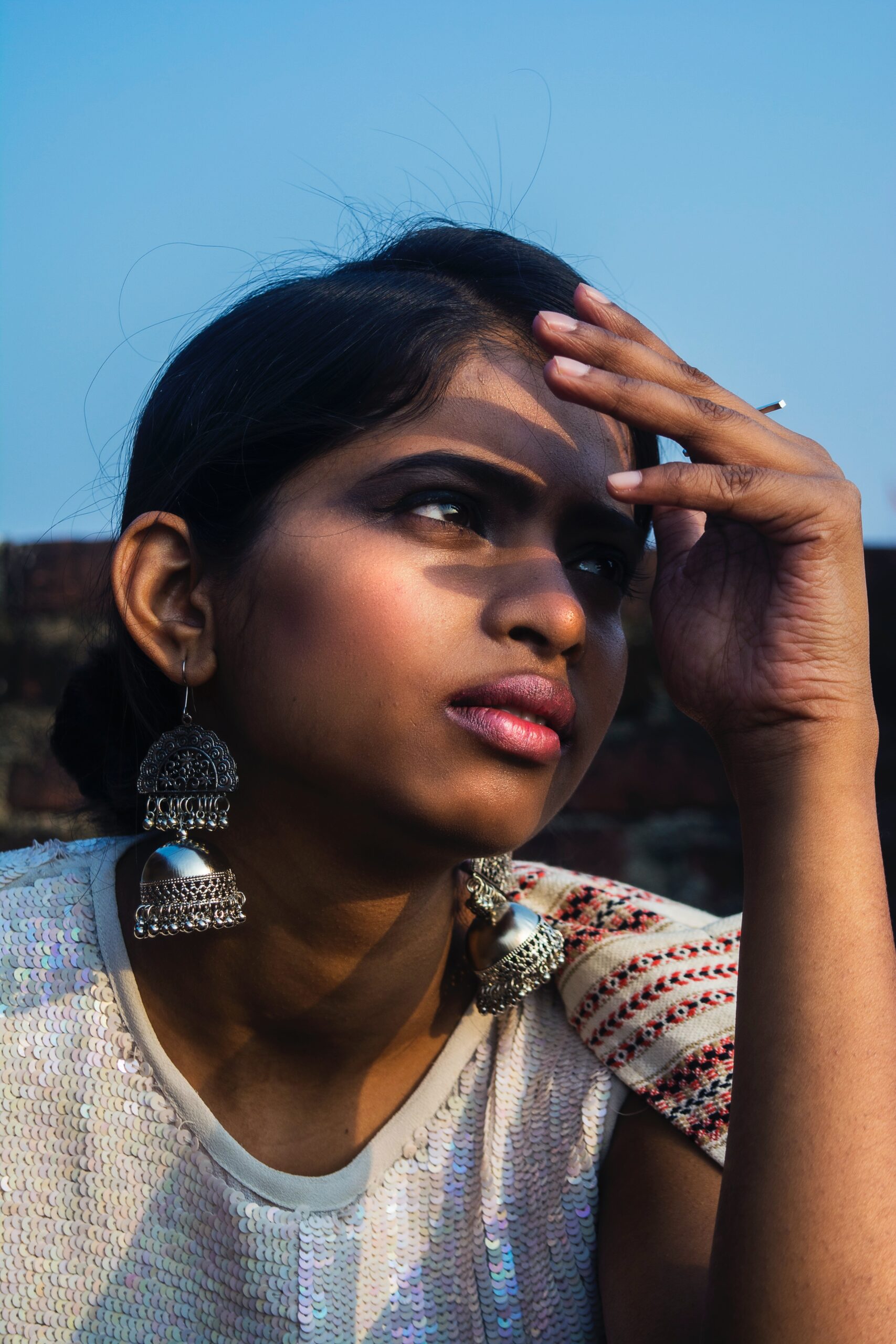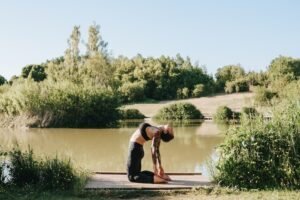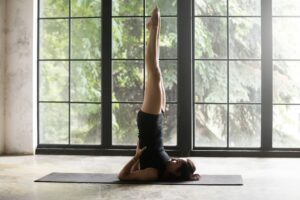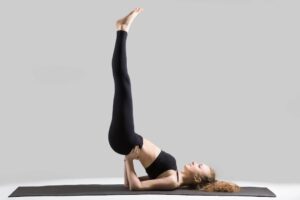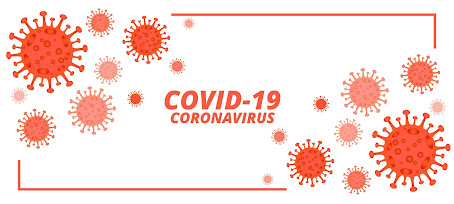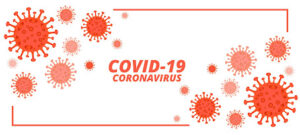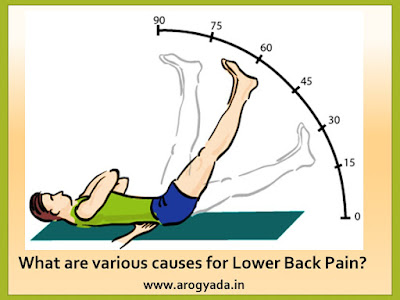jerseys online
wig outlet
Human hair Wigs
sex toys for couples
jordan store
nfl san francisco 49ers
nike air max 90
nike air jordan 4 black canvas
make a custom jersey
custom jerseys
custom football jerseys
nike air max 270 mens sale
adidas online shop
adidas yeezys
Human Hair wigs
As the society we live in is constantly developing, our dependency on technology and fixation on junk food is also largely increasing, resulting in getting captivated by various lifestyle diseases such as obesity. And it is no secret that today we are surrounded by many individuals who are overweight.
In the beginning, a few extra kilograms of fat is always ignored until a surplus of fat piles on, and one’s personality changes to being overweight in no time. Tagging along with those extra kgs of careless lifestyle are many distresses one is never prepared for, this includes high blood pressure, increased cholesterol, high blood sugar or diabetes which can worsen one’s health condition.
India is known as the diabetes capital of the world, due to undergoing rapid changes in terms of dietary patterns, physical inactivity, and increased body weight, especially the accumulation of abdominal fat, which are some of the primary reasons for an increased prevalence of diabetes in India. Hence, it is suggested that one must ensure and keep a check on their blood sugar levels relentlessly. In case of prediabetes, it is important to understand what is pre-diabetes and how to avoid it from getting converted into Type 2 diabetes.
What is Prediabetes?
Essentially prediabetes means that one has higher than normal blood sugar levels. As the sugar levels are not high enough, it cannot be considered as type 2 diabetes but without the alteration of correct lifestyle choices, adults and children with prediabetes have more risk of developing type 2 diabetes.
Once an individual has prediabetes, the long-term damage of diabetes starts to reflect especially on the heart, blood vessels, and kidneys. Although the progression from prediabetes to type 2 diabetes isn’t inevitable, it can be reversed with efforts in the right direction.
Healthy eating, consistent physical activity along with weight maintenance as a part of daily routine can help bring blood sugar levels back to normal. The lifestyle changes that can help prevent type 2 diabetes in adults also help to bring children’s blood sugar levels back to normal.
Prediabetes doesn’t usually have any signs or symptoms. One important sign to determine prediabetes is darkened skin on certain parts of the body like the neck, armpits, elbows, knees, and knuckles.
Classic signs and symptoms that suggest one has moved from prediabetes to type 2 diabetes include:
● Increased thirst
● Frequent urination
● Excess hunger
● Fatigue
● Blurred vision
Causes
● The exact cause of prediabetes is not known but family history and genetics play an important role. Lack of regular physical routine and being overweight with excess fat around your abdomen are some of the important factors.
● Unlike normal individuals, It is certain that people with prediabetes do not process sugar (glucose) properly, resulting in the sugar build up in the blood instead of doing its normal course of giving energy to the cells that build up muscles and other tissues.
● Most of the glucose in our body comes from the food we eat. When food is digested, sugar enters our bloodstream. Moving sugar from our bloodstream to the body’s cells requires a hormone called insulin.
● Insulin comes from a gland located behind the stomach called the pancreas that sends the insulin to our blood when we eat.
● As insulin circulates, it allows the sugar to enter our cells and lowers the amount of sugar in our blood. When the blood sugar levels begin to drop, the pancreas slows down the secretion of insulin into the blood.
Risk factors
Factors that increase the chances of getting type 2 diabetes also increase the risk of prediabetes. Some of the listed factors include:
● Weight – Being overweight is a major risk factor for prediabetes. The more fatty tissue one has inside and between the muscle and skin around the abdomen, the more unaffected the cells become to the insulin.
● Waist size – A larger waist size can indicate body’s risk of insulin resistance goes up for men with waists sizes more than 40 inches and for women with a waist bigger than 35 inches.
● Diet – Eating red meat, processed meat, and drinking sugar-sweetened beverages, is associated with a higher risk of prediabetes. A diet rich in whole grains, fruits, vegetables, nuts, olive oil is associated with a lower risk of prediabetes.
● Inactivity – The less active people have a greater risk of becoming prediabetic. Physical activity helps one control weight, utilize their sugar for energy, and helps the body consume insulin more effectively.
● Age Factor – Diabetes can develop at any age but the risk of prediabetes increases after the age of 45.
● Family history – Prediabetes risk increases if one has parents or siblings with type 2 diabetes.
● Race or ethnicity – Although it’s unclear why, certain individuals belonging to diverse races like Black, Hispanic, American, Indian, American – Indian, and Asian American are more likely to develop prediabetes.
● Gestational diabetes – If one had diabetes when being pregnant (gestational diabetes), the mother and child are at a higher risk of developing prediabetes. If one has had gestational diabetes, their doctor will likely check the blood sugar levels at least once every three years.
● Polycystic ovary syndrome – Women with this condition are characterized by irregular menstrual periods, excess hair growth, obesity and hence have a higher risk of being prediabetes.
● Sleep – Usually, people with unsettling sleep apnea, a condition that disrupts sleep repeatedly, have an increased risk of insulin resistance.
● Tobacco Smoking – Smoking may increase insulin resistance. Smokers also generally have more weight around the middle.
Other conditions associated with prediabetes include:
● High blood pressure
● Low levels of good cholesterol also called high-density lipoprotein (HDL) cholesterol
● High levels of triglycerides, a type of fat in your blood usually found in fried foods, red meat, chicken skin, high-fat dairy, butter, margarine, and fast food.
When these conditions are present along with obesity, they are associated with insulin resistance. The permutation of three or more of these conditions is called metabolic syndrome.
Type 2 diabetes is a chronic condition that affects the way the body processes blood sugar (glucose) wherein the body either fails to produce enough insulin, or it resists it. Symptoms of type 2 diabetes include increased thirst, frequent urination, hunger, fatigue, and blurred vision. In some cases, there may not be any symptoms at all.
Healthy lifestyle choices may help in slowing or preventing type 2 diabetes even if one has biological relatives who have diabetes. Making moderation in the lifestyle proactively is the key to a healthy body. Small simple steps play a significant role in diabetes and heart disease prevention and treatment, they are
● Tuning up the diet: Utmost attention must be given to the labels of the food one consumes. Adapt to a balanced diet rich in fruits, vegetables, whole grains, and fish with less salt and saturated fat. Eating smaller portions at regular intervals also helps.
● Move more. Diabetes care includes engaging in at least 150 minutes of moderate-intensity aerobic activity or doing 1 hour 15 minutes (75 minutes) of vigorous activity each week.
● Limit drinking. One must moderate the quantity of their drinking, suggestively one to two glasses a day for men and one glass a day for women.
● Regular medicines. Taking medications sincerely as directed by a healthcare provider is essential. Diabetes medication for heart disease prevention may include cholesterol-lowering drugs.
● Quit smoking. Chances of developing type 2 diabetes increases by 30 to 40 percent in smokers versus the non-smokers
● Well-rested sleep. Sleeping each day for six to eight hours will help in relaxation and aid in diabetes care.
● Stress management. One must indulge in relaxing activities like pursuing hobbies, playing sports, listening to music, yoga, meditation, etc.
If lifestyle changes do not help out, the doctor may prescribe medicines. Type 2 diabetes often leads to serious health concerns and long-term damage to the body if left untreated. In addition, diabetes increases one’s risk of getting a heart attack or heart disease. Monitoring blood sugar levels regularly is crucial with the aim of being within a specific range.
Regular screenings to understand if one is at risk of type 2 diabetes
Regular blood sugar monitoring is solely the way to be sure one’s blood sugar level stays within the normal range, especially if one is in a high-risk category or is experiencing the above symptoms. Recognizing the symptoms of diabetes is also better for apt prognosis.
High levels of blood sugar from diabetes damage the blood vessels and nerves controlling them. The longer one’s diabetes fluctuates, the higher risk of getting heart disease. If one is diabetic, he/she may develop heart disease at a younger age as compared to those without diabetes.
Obesity increases levels of fatty acids and inflammation, leading to insulin resistance, which in turn causes to build up high blood sugar aiding in the development of type 2 diabetes. In short, the more extra weight one carries, the more resistant their muscle and tissue cells will become to the insulin hormone. Therefore, weight management is important for diabetes prevention and control.
What are the prime causes of obesity?
Below are some key causes of obesity:
- Poor food choices and habits such as: Eating high energy density processed food like bread, pastas, chips, and fast food items that are made of refined ingredients and saturated fats
- Overeating due to emotions such as stress, boredom, anger, or frustration
- Addiction to sugary foods such as desserts, sweets, pastries, processed cookies, and chocolates.
- Avoiding healthy eating like fiber-rich fruits, whole grains, and green leafy vegetables
- Inconsistent eating patterns like not eating on time, skipping meals, consuming only two to three meals each day instead of having four to five smaller meals a day.
- Genetic influence factors such as food cravings, high appetite, low metabolism, and uneven body fat distribution.
- Lack of physical activity and over-involvement in sitting activities like watching TV, indulging in continuous Internet surfing, and playing video games makes us inactive for long hours and thus leading to obesity
- Sleep deprivation over a long period can cause hormonal changes in the body and subsequently affect one’s metabolism, thus leading to weight gain
- Underlying health conditions such as poly-cystic ovarian syndrome, hypothyroidism, and osteoarthritis is also a reason for obesity.

How to evaluate weight and assess obesity?
Body Mass Index or BMI is the most widely used method for evaluating obesity. To calculate an individual’s body fat using the BMI method, individual’s weight (in kgs) is divided by the height (in meters) squared.
Differentiating obesity and overweight individuals in adults and children
Obesity in adults can be classified as:
● Stage I/ Mild Obesity: BMI of 30.0 to 34.9 kg/m2
● Stage II/ Moderate Obesity: BMI of 35.0 to 39.9 kg/m2
● Stage III/ Severe: BMI of ≥40.0 kg/m2
In children, aged 2 to 19 years, a BMI level > 27 is defined as obesity in children.
What are the best ways to prevent and treat obesity?
Practicing these 8 simple strategies helps prevent obesity and keeping it at bay, forever:
- Eating a calorie-curated, moderate diet, including low-fat, high-fiber and low-calorie food such as whole grains, dried beans, green vegetables, nuts, and seeds, etc.
- Burning the calories eaten in a day to maintain a healthy balance between regular exercise and a healthy diet.
- Maintaining a food diary to keep track of the intake of food and calories consumed.
- Tracking BMI to keep a check on weight and maintain it accordingly as per one’s height.
- Reading food labels before purchasing and selecting low-fat, high-fiber and low-calorie food. A food product labeled as less than 40 calories per 100g of the food is termed low-calorie food.
- Limitation over refined food consumption like maida, refined white sugar, and refined white salt because these are rich in simple carbohydrates that can be easily absorbed by the body and stored as fat.
- Getting a good night sleep of 6 to 7 hours daily to keep hormones and metabolism in control.
- Regular health screening to stay informed about one’s health and getting comorbid conditions evaluated, consistently on time.
If lifestyle modification alone doesn’t help one to lose weight, then the healthcare provider may suggest some medication for the treatment of obesity.
Reference :
https://www.mayoclinic.org/diseases-conditions/prediabetes/symptoms-causes/syc-20355278
The Arogyada
www.arogyada.in

